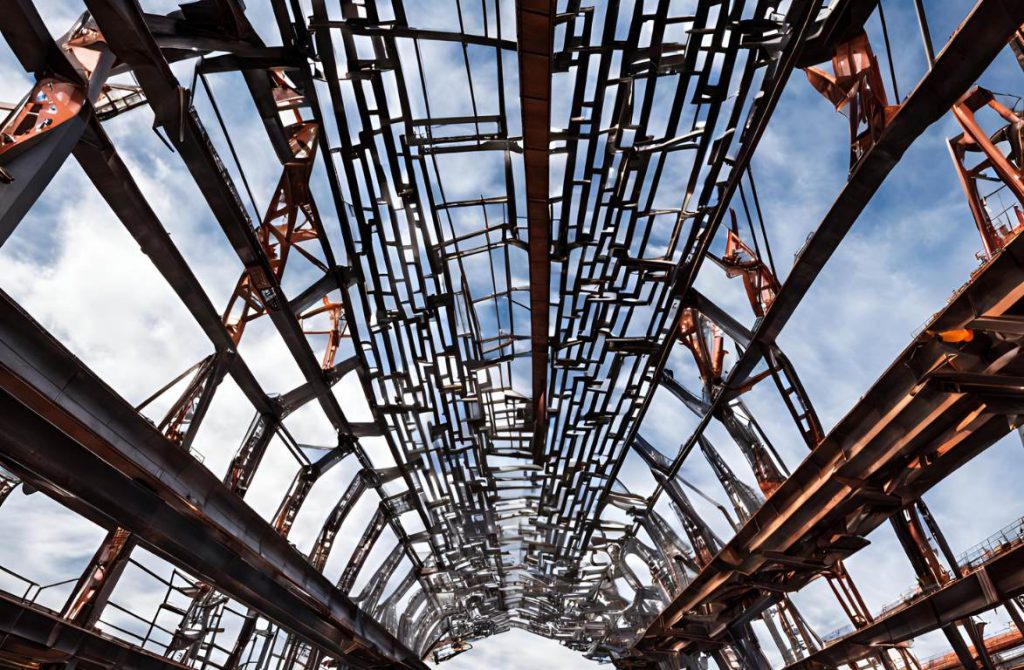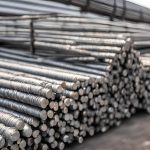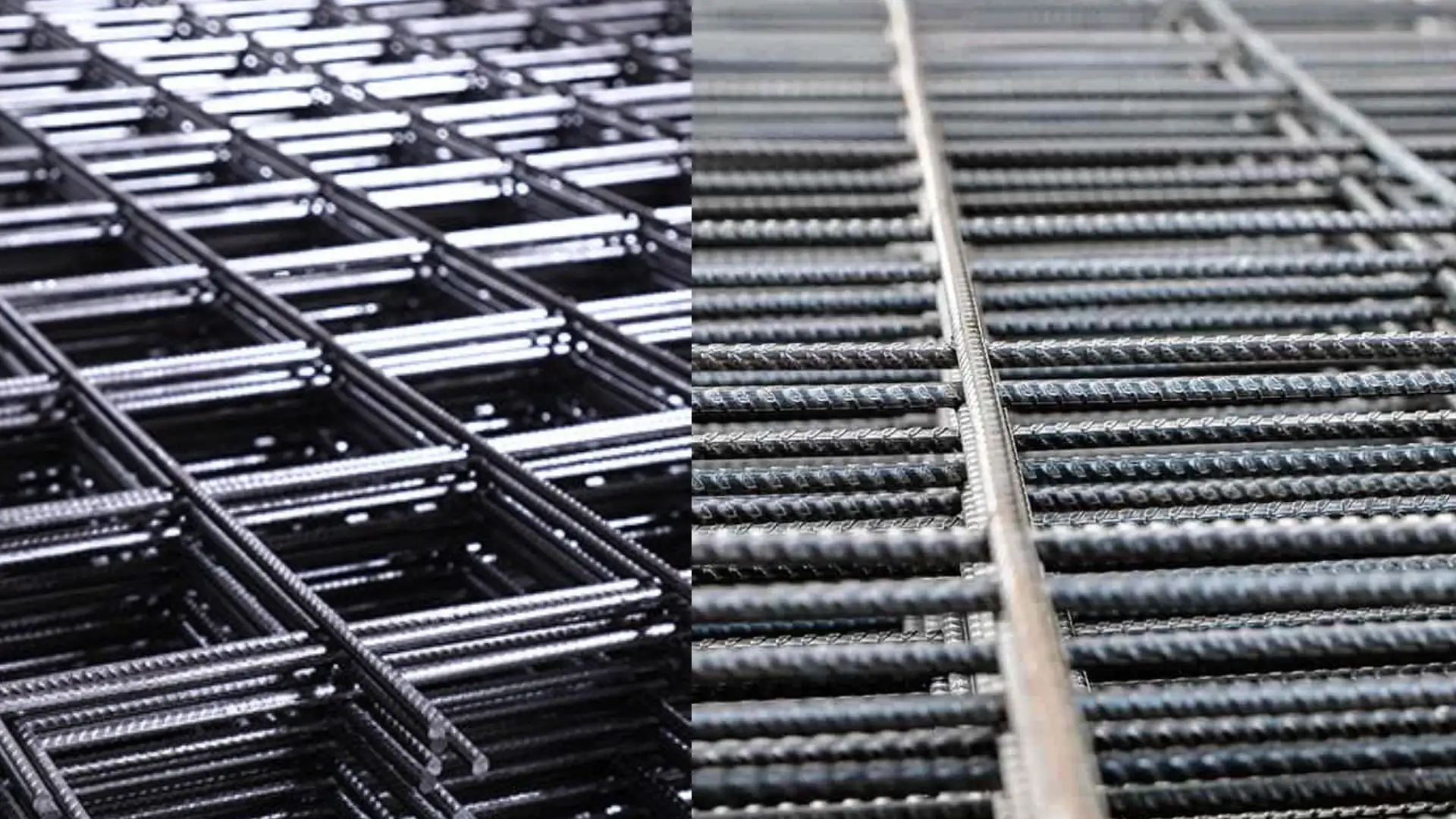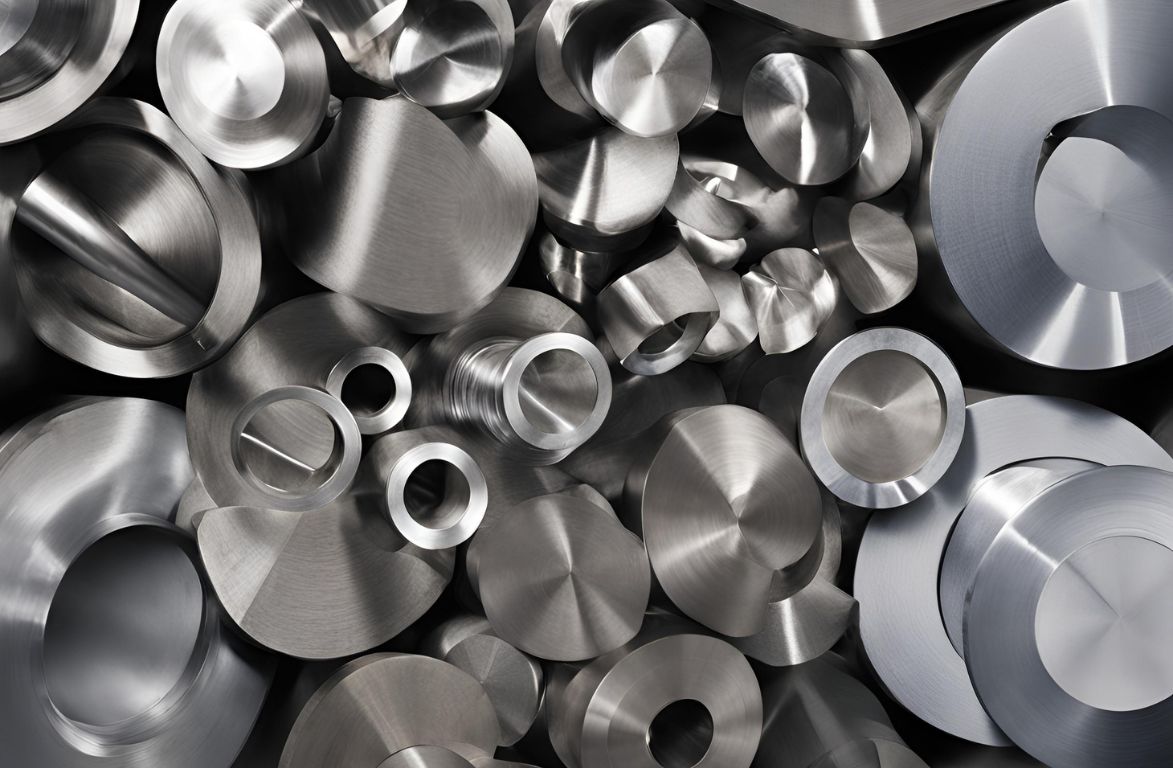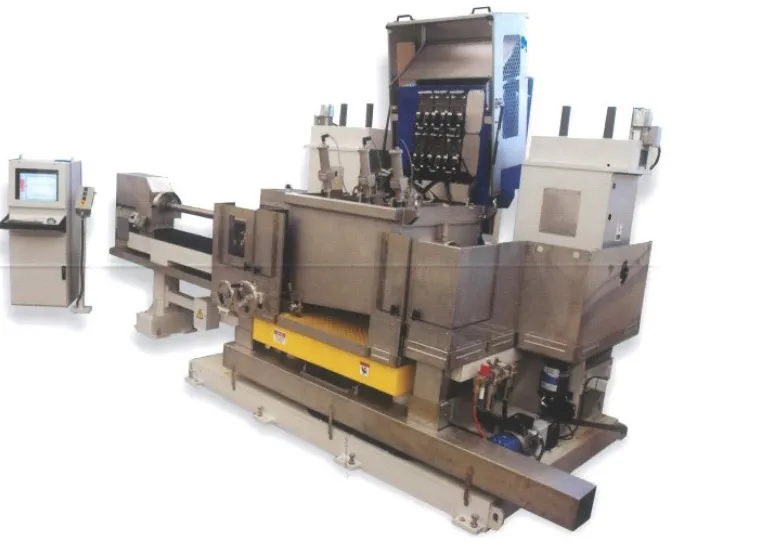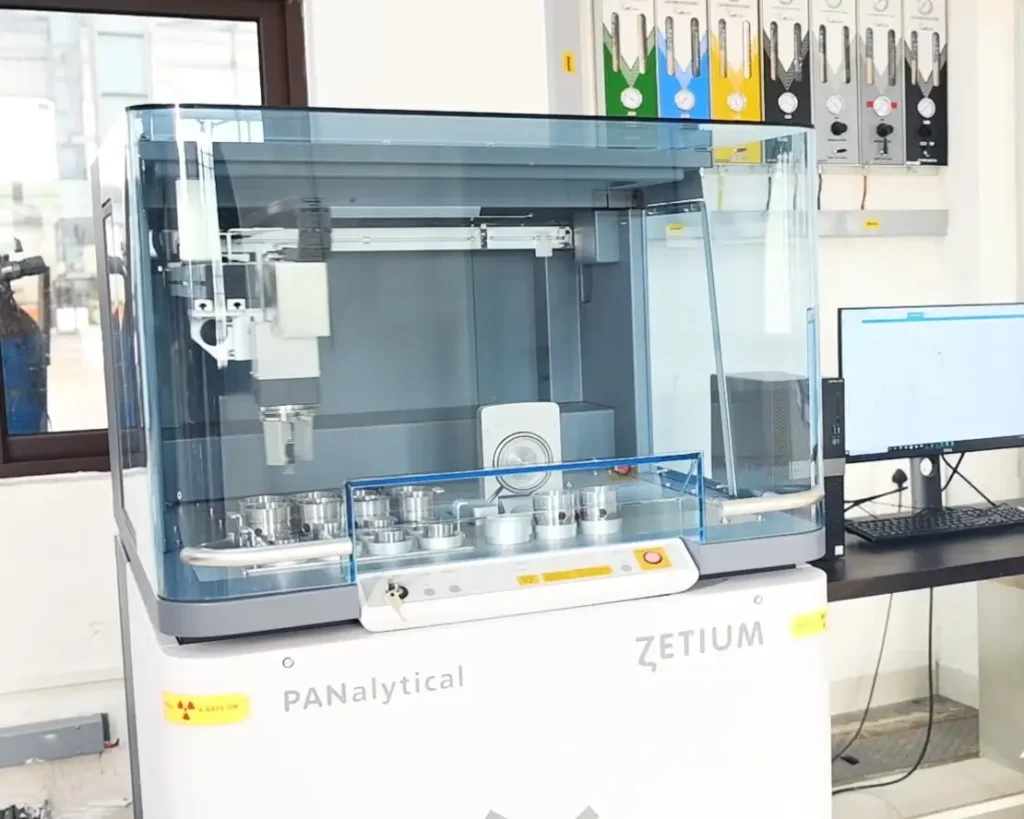With climate change accelerating, every industry is trying their best to pace themselves and move towards sustainable procedures. Constructions are rising rapidly around the world which makes it all the more important to consider sustainable materials and processes along the way. These decisions need to fall in line with building robust structures that sustain themselves in the long run. Steel checks all the boxes of being a secure raw material and a greener alternative.
REUSE AND RECYCLE:
Steel is one of the few materials on earth that can’t just be ‘upcycled’ once but ‘multicycled’ over and over again. This eminent element does not lose its quality overtime with use making it suitable for multiple usage. Likewise, it is significantly used in industries that support sustainability – including energy-efficient infrastructure, low-carbon transport services amongst others. Luckily for most builders and the earth, steel is not just recyclable but also reusable. Leftovers as well as previously used steel materials can be reused for bridge constructions, wall structures, residential building elements, etc. Unlike non-renewable resources that get spent quickly in the construction business, steel is available in abundance on earth – making it a sensible choice over other materials for a better future.
DURABILITY AND SAFETY:
One of steel’s terrific qualities lies in its durability. This structural component is easily stronger than most items used in this business. The sheer strength of steel helps in building durable structures that last long and are less susceptible to damages and demolitions. This, in turn, helps in reducing wastage through the process leaving more land spaces, longer product-life cycles and healthier air for people and businesses.Adding on to this, steel is not prone to any moisture or humidity damage making it a significant contributor in any property. Due to this very trait, structures created out of steel are less likely to cause health and well-being risks – something that most organisations and contractors pay detailed attention to. It also allows for creating better foundations and anatomies for high-rise complexes.
CARBON EFFICIENT:
Reduced carbon emissions is not just the need of the hour but also a quality that most industries and trades are trying to embed in their systems. Steel production is one of the few industries that has achieved this by reducing overall emissions as well as greenhouse gases. Coming from a carbon-hungry background, steel manufacturers and traders have recently learned to reduce their carbon footprint by making a number of changes including better management systems, superior filtration systems and alternatives to blast furnace systems amongst other things. Using newer technologies like these to reduce carbon emissions may also lead to other benefits. If used correctly, some up and coming machineries and their mechanics may help in cutting down the effect and pollution of other harmful gases that are released during steel production and making.
SUNFLAG STEEL AND FUTURE PROJECTS:
We at Sunflag Steel understand and believe in the importance of a greener future. This constantly drives us to become a steel provider that helps our clients and our environment alike. Our mission lies in achieving “sustainable growth and return on investment” for our clients through continually boosting our technologies and improving our human resources. Sunflag Steel uses state-of-the-art equipments in research and developmental labs to consistently assist in all production facilities – which leads us in going about our business in an environmentally efficient manner without leaving a notable carbon footprint.

